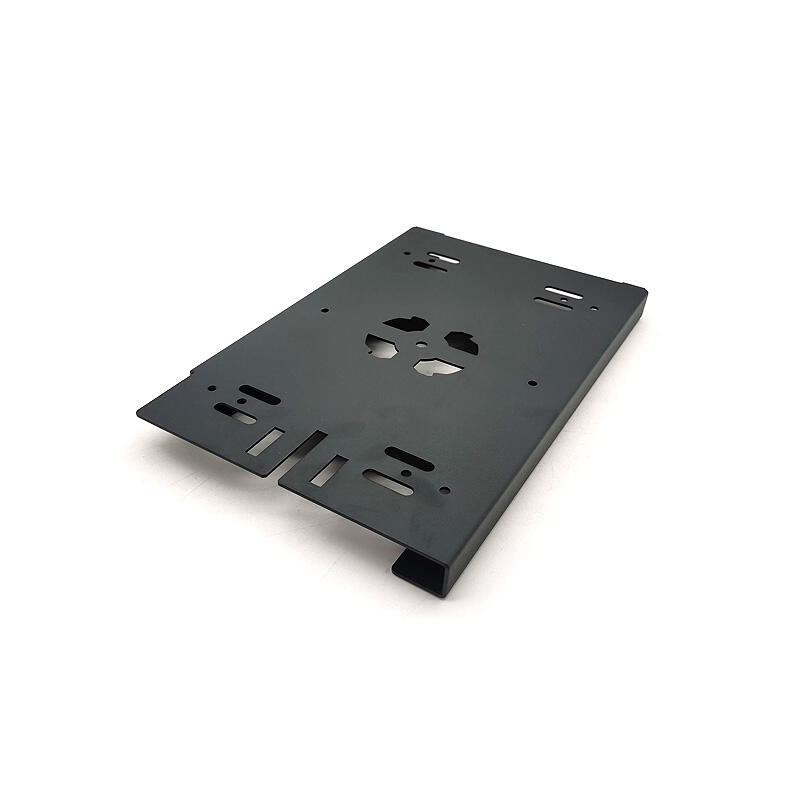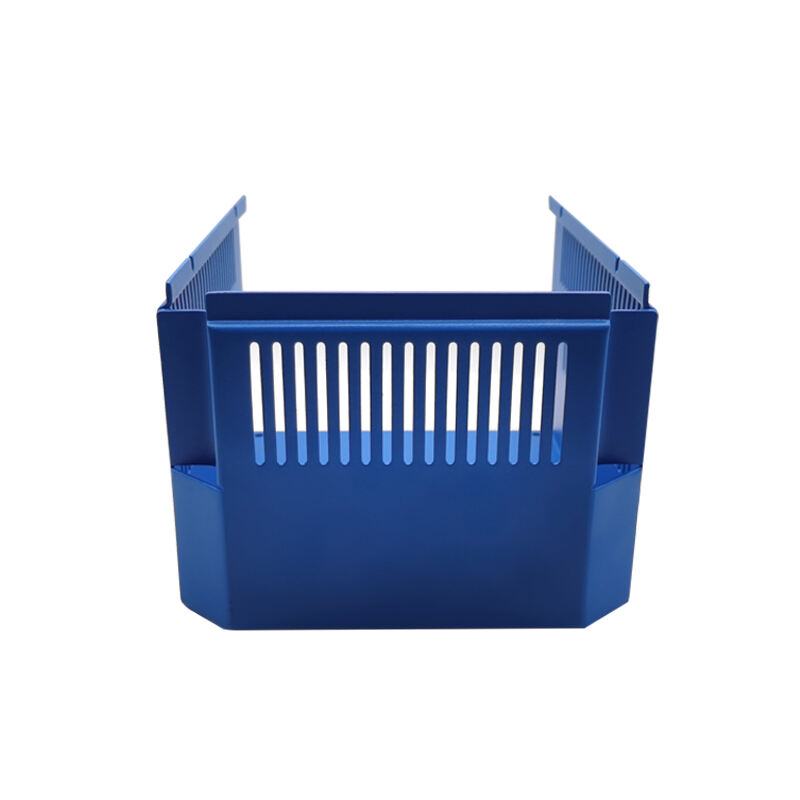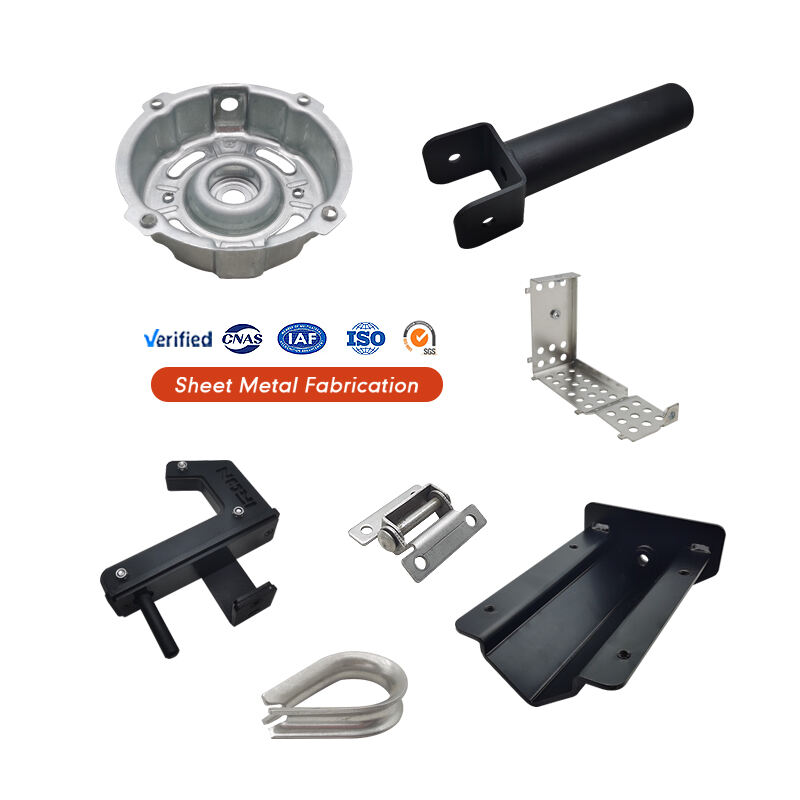stamping press parts
Stamping press parts are essential components that form the backbone of modern manufacturing processes. These precision-engineered components work together to create a powerful and efficient system capable of transforming raw materials into finished products through controlled force application. The main parts typically include the frame, which provides structural integrity, the ram or slide that delivers the pressing force, the die set that shapes the material, and various control mechanisms that ensure precise operation. Advanced stamping press parts incorporate sophisticated hydraulic or mechanical systems, enabling adjustable pressure settings and stroke lengths to accommodate different manufacturing requirements. These components are designed with durability in mind, often featuring high-grade steel construction and specialized coatings to resist wear and tear. The integration of modern sensors and monitoring systems within these parts allows for real-time performance tracking and preventive maintenance, ensuring optimal operation and reduced downtime. Applications span across numerous industries, from automotive manufacturing and aerospace components to consumer electronics and household appliances, making stamping press parts integral to production efficiency and product quality.


